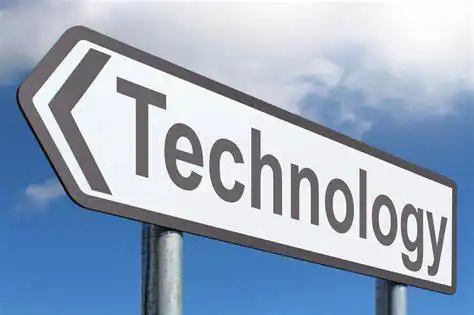Virtual reality and artificial intelligence have made the world a more vibrant place. But as these technologies flourish, it also poses new threats. The advent of 'deepfakes', incredibly realistic digital compositions of people doing or saying things they have not, makes it harder for us to discern truth from lies.
Deepfakes leverage advanced artificial intelligence and machine learning algorithms for face-swapping or puppet-master control of an individual’s appearance. Consequently, the videos and images produced are indistinguishable from actual footage to the naked eye, posing a considerable threat to information integrity and national security.
In the political arena, this technology could be used maliciously to manipulate public opinion and create confusion and chaos. The White House is acutely aware of these threats and has been working tirelessly to safeguard the credibility of its official communications.

To this aim, the Biden administration is considering adopting cryptographic measures to verify White House communications. Cryptography, which uses codes to secure information, would ensure the verification of official communications, thereby reducing the risk of tampered or counterfeit messages.
Typically, cryptographic measures involve the use of digital signatures, which provide a unique identifier for each piece of communication, much like a handwritten signature or a fingerprint. This mark is produced using a private key, known only to the individual or entity responsible for the communication.
When a receiver gets the digitally signed message, they can use a public key to verify the signature. If the public key correctly decrypts the signature, it indicates that the message is genuine – untampered, intact, and indeed coming from the verified sender.
The Biden administration's decision to use cryptographic measures couldn't come at a better time. In recent years, deepfake technology's constant evolution has seen it become more sophisticated and accessible. Once a preserve of high-end video game studios and Hollywood blockbusters, deepfake tech is now available to ordinary users.
This commercial availability means that people with a basic knowledge of deepfake applications can misuse them for nefarious purposes. These include creating fake news, fraudulent financial schemes, or even state-level disinformation campaigns, causing disruption and harm on an unprecedented scale.
Indeed, as we delve into the age of post-truth politics, it’s critical for governments worldwide to ensure societal stability by protecting the authenticity of information. In light of this, the adoption of cryptographic technology seems an excellent choice for the White House to tackle these digital threats.
Besides, cryptography isn’t some brand-new, untested technology. It has long been regarded as the gold standard for information security in the digital world, used by organizations like banks and military forces for data protection.
Implementing cryptographic measures, therefore, isn't an uncharted territory for the White House. It’s also worth noting that cryptographic keys – digital signatures – cannot be forged, making them exceedingly trustworthy.
The approach does have its drawbacks, however, since digital signatures are only as good as the encryption technology behind them. Furthermore, if the private key ever gets compromised, all the data it was used to sign can be faked. It is therefore essential to manage cryptographic keys judiciously, carefully safeguarding and regularly updating them.
Furthermore, cryptography isn't a wholly standalone solution. While it can help verify the sender's identity, it doesn't confirm the content's authenticity. To this end, technologies such as reverse image search, blockchain technology, and machine learning can be invaluable for detecting deepfakes and other forms of digital deception.
Despite these challenges, taking steps against deepfakes is an essential proactive strategy. The White House's focus on cryptographic solutions offers a viable starting point. It’s a testament to the growing need to use secure, digital tools for transparent, accountable governance.
Indeed, we're living in an era where trust needs to be earned through demonstrable security measures. Society will hold governments accountable for the information they distribute. Therefore, the need for reliable, trustworthy communication has never been more critical.
The White House is setting a positive example in this regard, paving the way for other institutions to follow. The fight against deepfakes is indeed a critical one, ensuring the authenticity of the digital world we inhabit.
With the cybersecurity landscape ever-changing, no solution is foolproof. But with firm vigilance, robust methodology, and a willingness to adapt, the fight against this new era of digital deception is far from over. Indeed, it's just getting started.